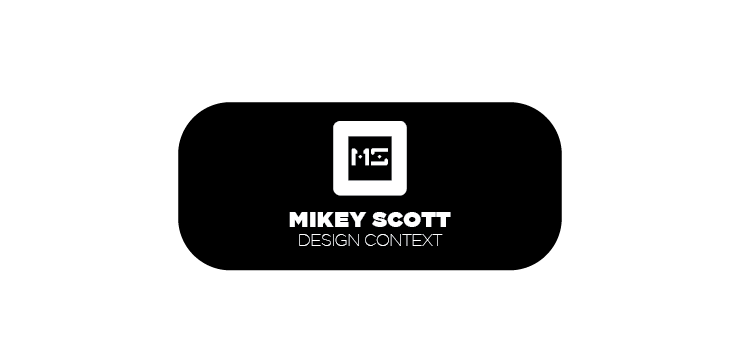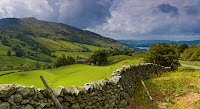In this brief we have chosen the task of persuading people to tell the truth more, after initial talks with my group we went through various options but decided to focus on lying, this way we could promote telling the truth by discrediting lying, obviously this is not the first time people have tried to make others tell the truth in this way, but as this is a short brief we wanted to get some initial ideas down and make quick decisions so we have a solid idea of the direction of the project from the start.
Also to fulfill the brief and get the message to the public, we wanted a product that would involve the public so the message would be spread, admittedly only to a small percentage.
We decided that we wanted to design some kind of letter/ deposit box where the public will be asked to write lies on a piece of paper and put it in the box, we will try and design the box in a way that discredits lying.
Truth and lies
Liars when they speak the truth are not believed.
~Aristotle
~Aristotle
A single lie destroys a whole reputation for integrity
~Baltasar Gracian
~Baltasar Gracian
When in doubt, tell the truth.
~Mark Twain
~Mark Twain
Advertising is legalized lying.
~H. G. Wells
~H. G. Wells
Truth is such a rare thing, it is delightful to tell it.
~Emily Dickinson
~Emily Dickinson
The naked truth is always better than the best dressed lie
~Ann Landers
~Ann Landers
The liar’s punishment is not in the least that he is not believed, but that he cannot believe anyone else.
~George Bernard Shaw
~George Bernard Shaw
Always tell the truth. Even if you have to make it up.
~Author Unknown
~Author Unknown
Truth is such a rare thing, it is delightful to tell it.
- Emily Dickinson
- Emily Dickinson
A truth that’s told with bad intent beats all the lies you can invent.
- William Blake
- William Blake
Truth is the only safe ground to stand on.
- Elizabeth Cady Stanton
- Elizabeth Cady Stanton
One thing that I think we will have to be careful of avoiding when designing, we don't want to make it look like we are asking people to tell the truth in a religious sense and in many situations, in circumstances where people use the words truth and lies on the street it is more often than not associated with religion.
































































